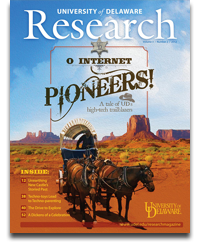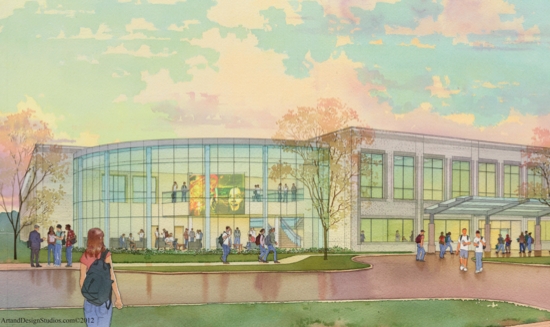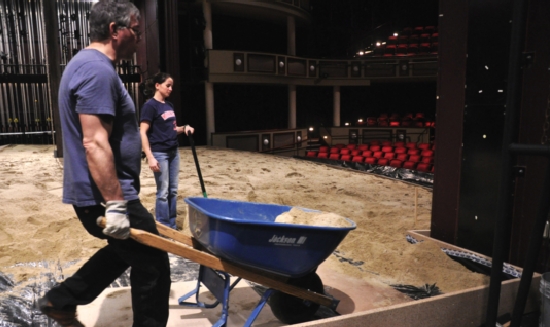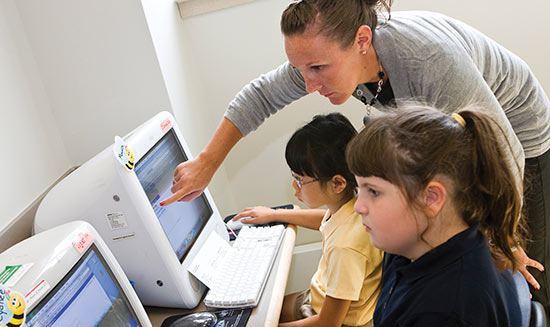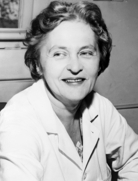A shining tribute to the “Sun Queen”
Maria Telkes, a University of Delaware scientist known as the “Sun Queen” for her pioneering solar energy research, was post-humously inducted into the National Inventors Hall of Fame, May 2, in Washington, D.C.
Telkes was among 12 inductees, including late Apple co-founder Steve Jobs, recognized for their world-changing inventions, from the first statin, which launched a new class of drugs for lowering cholesterol, to solar thermal storage systems — Telkes’ forte.
In 1972, Telkes, a Hungarian-American physical chemist and biophysicist, joined the research team at UD’s Institute of Energy Conversion (IEC), where she developed the heating system for Solar One, UD’s experimental solar-powered house.
Previously, at MIT, Telkes devised the heating system for the first solar-heated home. The Dover Sun House, erected in Dover, Mass., in 1948, was a “woman-powered” effort, with architect Eleanor Raymond designing the structure, Telkes its heating system, and Boston heiress/sculptress Amelia Peabody financing it. The house was built on Peabody’s property.
Telkes also developed solar ovens and stills for distilling drinking water from seawater, as well as thermal storage materials for shipping temperature-sensitive instruments in the Polaris, Minuteman and Apollo programs.
“Maria Telkes was a most valuable member of my team and contributed significantly to the prestige of our university,” said Karl Böer, Distinguished Professor Emeritus of Physics and Solar Energy, who founded the IEC in 1972. “I am especially pleased that she is finally elected to become a member of the Hall of Fame, an honor she has well deserved.”
Telkes designed heat storage and air conditioning systems “that were far ahead of the state of the art at the time,” Böer said.
Telkes developed special salts to capture heat and cold. The salts exploited the heat of fusion, which is set free when solid ice melts into liquid water, or is required to freeze water.
Böer said bins of Telkes’ salts in the basement of UD’s Solar One house could store not only the heat harvested from the roof during daylight in winter to warm the home (the salts melted), but also could store the coolness during clear night hours in summer to provide cooling on a warm day (the salts solidified).
Although Telkes retired from UD in 1978, she remained active as a consultant nearly until her death. She died in Hungary in 1995, only a few days short of her 95th birthday.
In 1977, the National Academy of Sciences Building Research Advisory Board honored Telkes for her contributions to solar-heated building technology; previous honorees included Frank Lloyd Wright and Buckminster Fuller.
Material related to Telkes is included in the Karl Wolfgang Böer Papers, which are in
Special Collections in the University of Delaware Library.
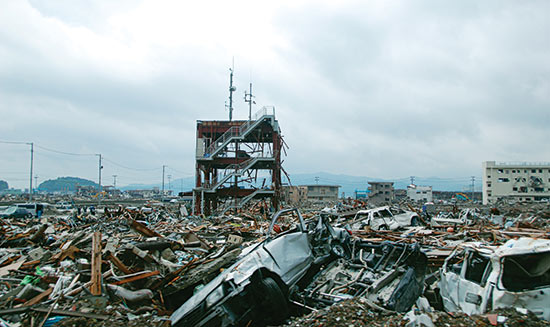 Shell of the three-story Emergency Operations Center in Minami Sanriku, Japan, in the aftermath of the Tohoku Tsunami.
Shell of the three-story Emergency Operations Center in Minami Sanriku, Japan, in the aftermath of the Tohoku Tsunami.
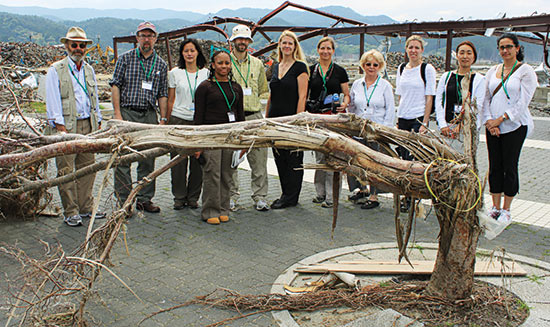 Tricia Wachtendorf (center) on the social sciences team of the U.S. Earthquake Emergency Research Institute.
Tricia Wachtendorf (center) on the social sciences team of the U.S. Earthquake Emergency Research Institute.
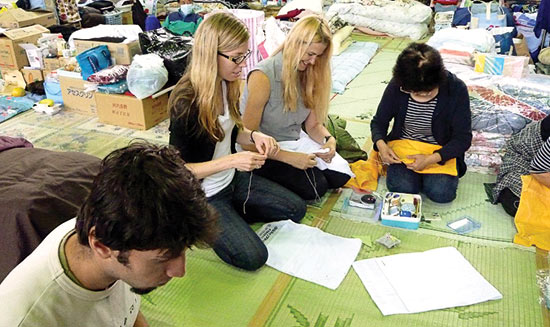 Wachtendorf (center) makes a craft to sell as part of a disaster relief fundraiser in Japan.
Wachtendorf (center) makes a craft to sell as part of a disaster relief fundraiser in Japan.





